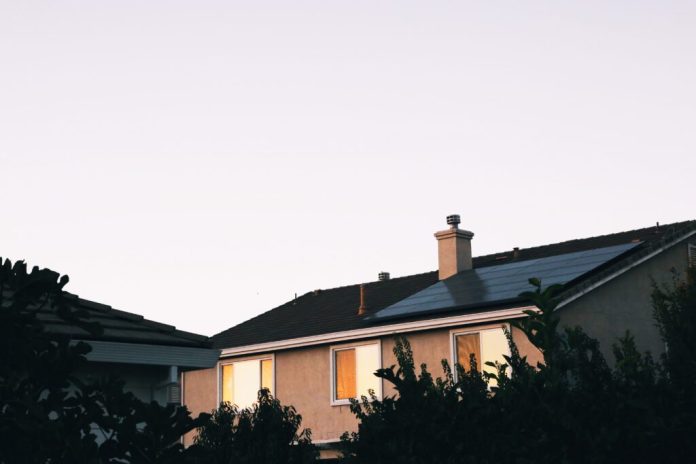
In the last couple of years, sustainability, in general, has gained a lot of traction in terms of research, application and this heavy realization that construction is the biggest contributor to the carbon footprint. Before we get into the HOW, let us talk a little bit about what is sustainability? And what it means concerning construction?
Sustainability is defined as “the avoidance of the depletion of natural resources to maintain an ecological balance”.
How is construction harming the environment? Well, research shows that about 30% of the fossil fuel consumption around the world is for the manufacturing of construction materials, transportation and machines used to build.
A lot of energy is consumed in the maintenance of buildings in terms of temperature regulation, maintaining the facades and changing some services over time. To meet the current requirements for housing and allied services buildings are constructed with imported materials that are not sourced locally.
So here are some tips and tricks I have personally used in my designs and suggested to clients and they have worked out perfectly. So as regular citizens, whether you are an architect/designer, how can you ensure that your space is ecologically balanced without spending a lot of money.
DOs
- Install solar panels: The easiest way to reduce your consumption of thermal energy and still meet your requirements to harness the biggest and cheapest source of energy available to us- The Sun. Solar panel installation is a fairly easy process that has proven to save a lot of energy in the long run. European Countries have been practicing this for a long time with their governments also giving out subsidies which of course makes users more inclined to use it.
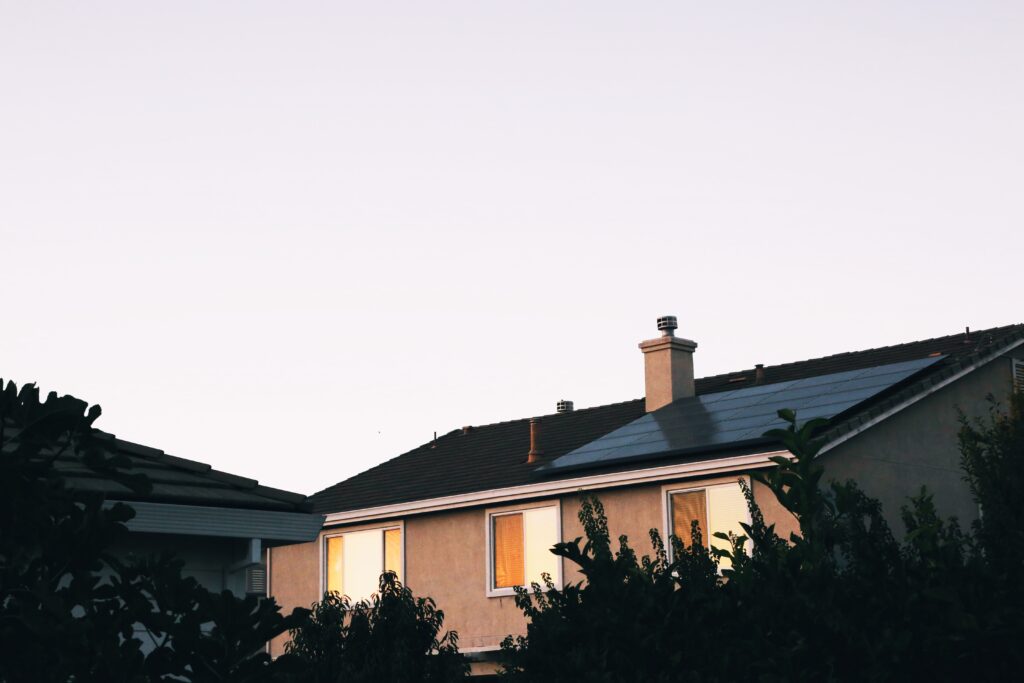
2. Use local building materials: For building a greener home, make sure that all your materials from roofing, walls, windows etc. must be locally sourced. Try and use recycled plastic, recycled glass, recycled wood in your construction. It does not affect the strength of the house and you save a lot of fossil fuel.

Build smaller homes: If you are building a family home, try and keep it as small as possible, just to meet your needs so that the carbon footprint is as small as possible.
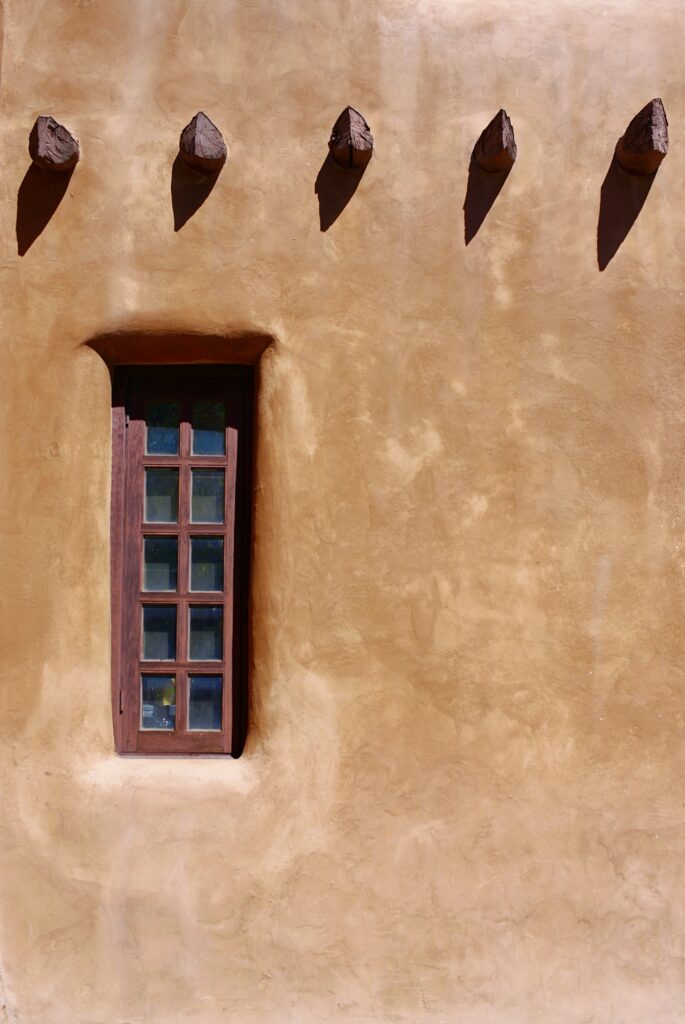
Efficient landscaping: If you are building your home, spare a thought towards planning landscape. Try and plant shady trees in the south and west side of the plot so it provides necessary shade in the summer and it sheds its leaves in the winter to let direct sunlight through.
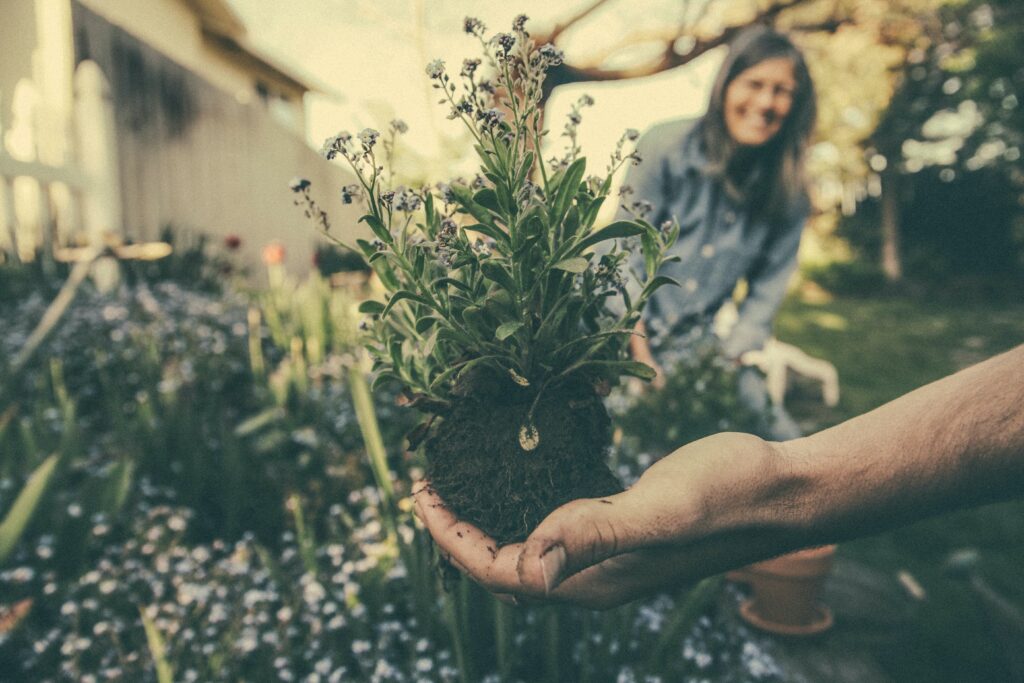
There is many more that you can do, but these are some basic ones that everyone can practice very easily, and they are cost-effective. Do not beat yourself up if you are not able to build a fully environmentally friendly home, start small and build yourself up from there. You can slowly invest in each of the above tips. However, here are things you should definitely avoid!
DON’Ts
- Do not invest in décor made from non-biodegradable materials like glass, crystal, ceramic, clay etc. Invest in pieces that are made from recyclable materials and local art.

2. Do not mix waste! Equip your buildings with waste segregation services. So much of our waste can be recycled and reused if segregated appropriately.
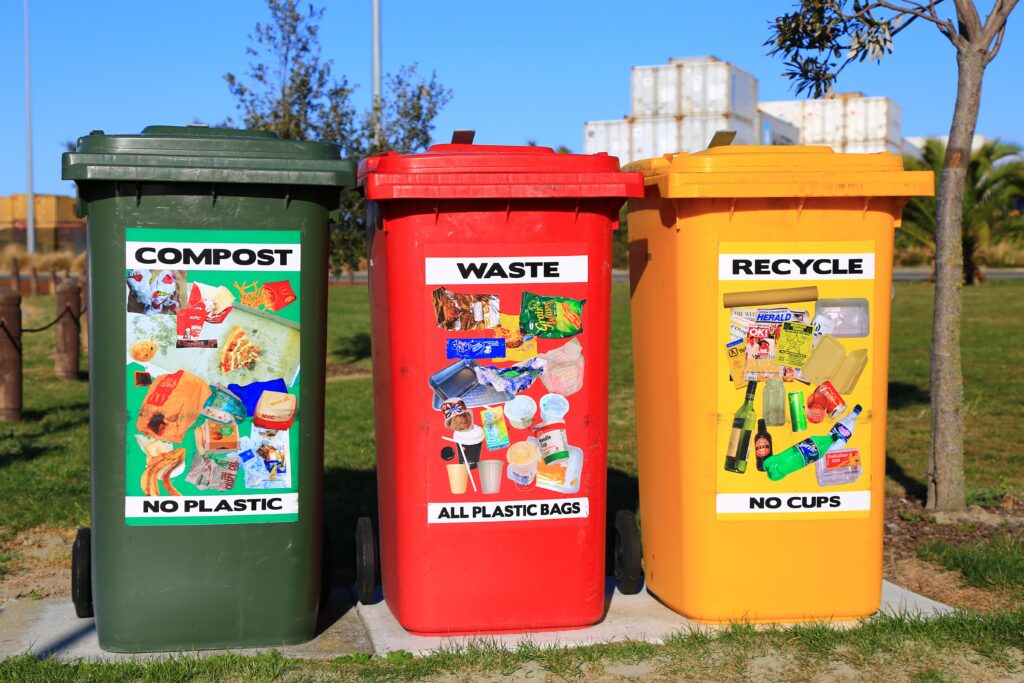
3. Do not focus only on aesthetics especially if it comes at the cost of sustainability. Build around it.
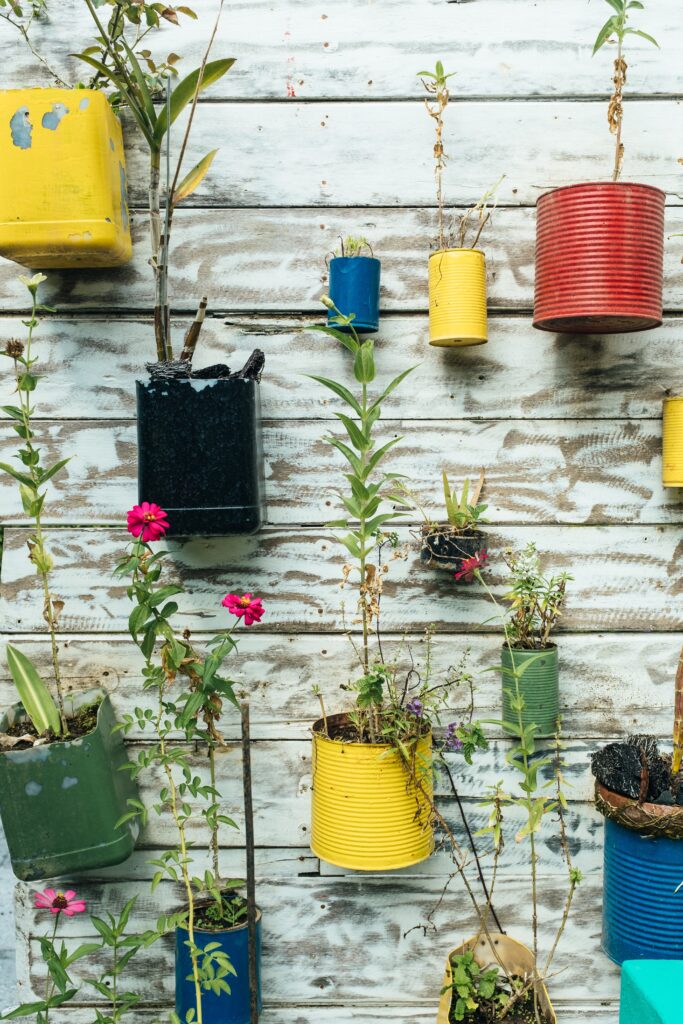
It is 2021 and the discussion around the World is to reduce waste, live minimal, increase sustainability and design responsibly. Even though India has a long standing ‘sustainable’ lifestyle, passed on to us by our mothers and teachers, we still need to catch up on the use of unconventional energy sources, waste management and sourcing locally. As we struggle with the Covid crisis, one thing is clear – we need to plan ahead. The next crisis, Climate change is already staring us in the face. Let’s not dig a well, when we are dying of thirst.

Hi, I am Sofiya Hussain – a freelance architect/interior designer in Nagpur. At Greenspace Design and Décor, we specialize in residential, commercial and healthcare service design. I particularly enjoy reading, researching and writing about sustainability and how it affects our lives, what we should be doing about it. I also enjoy content writing, reading, the history of architecture and exploring new places.
